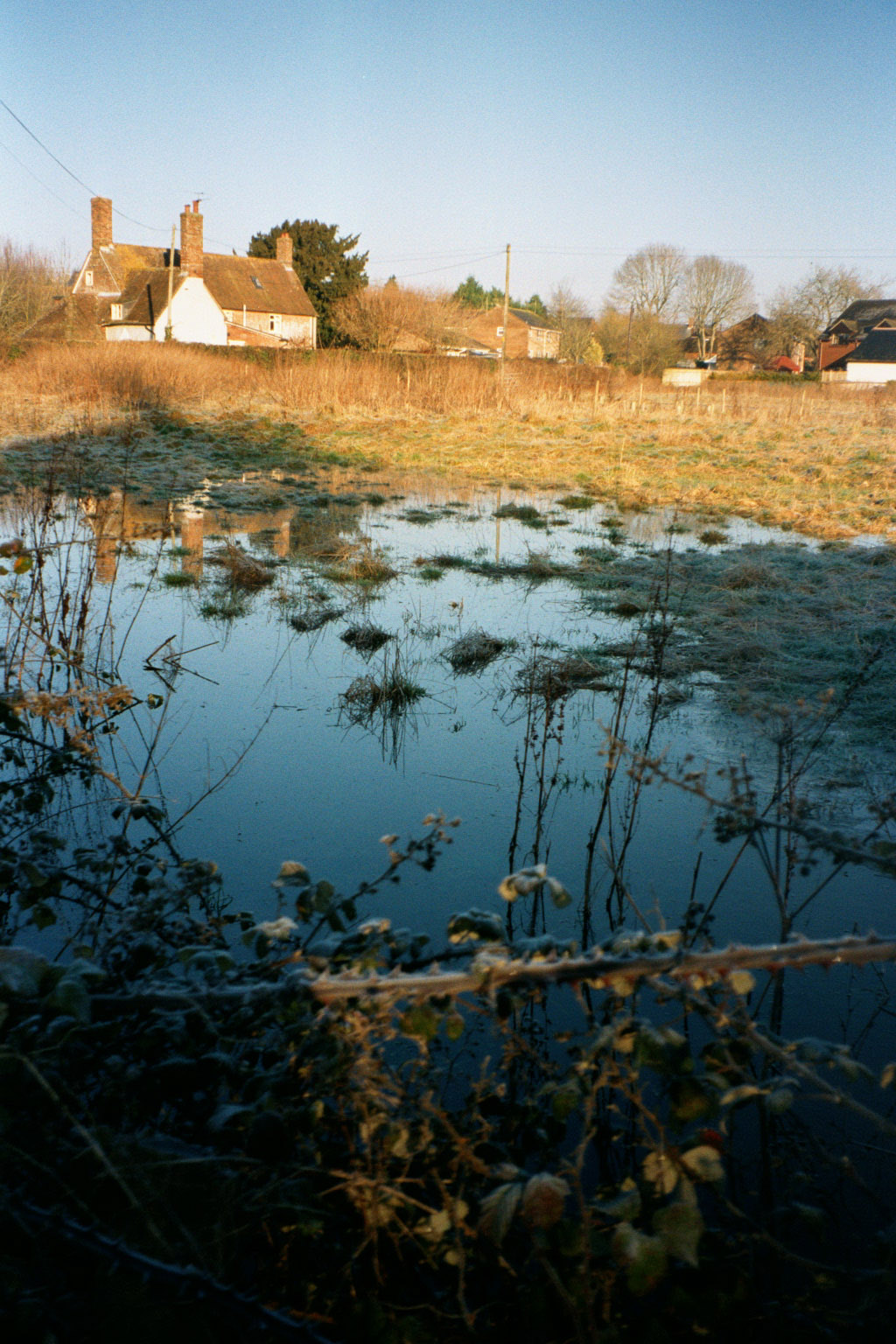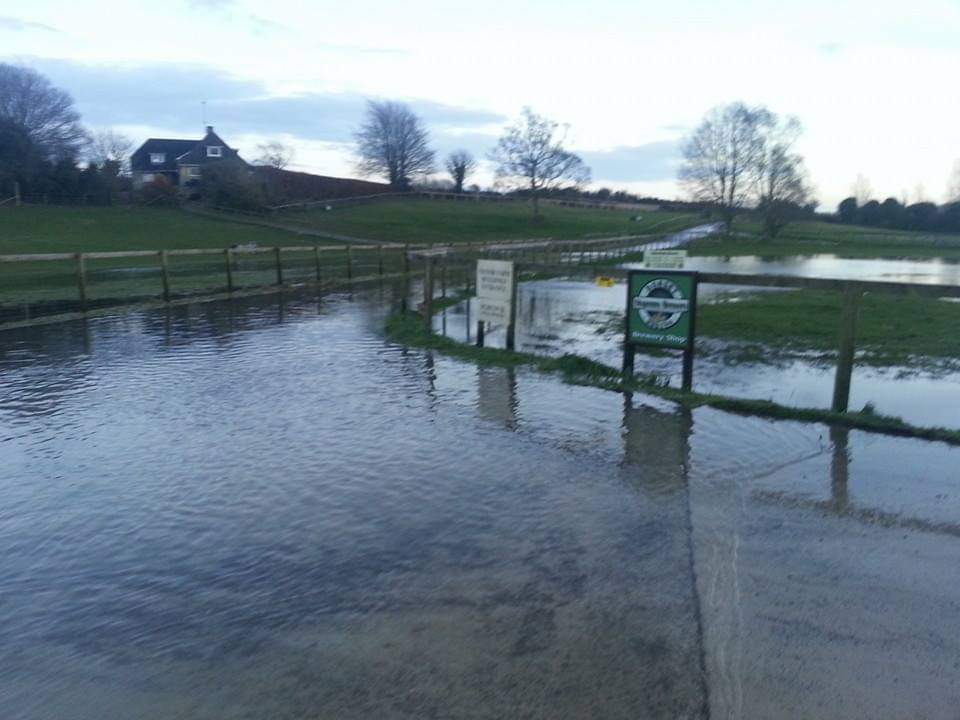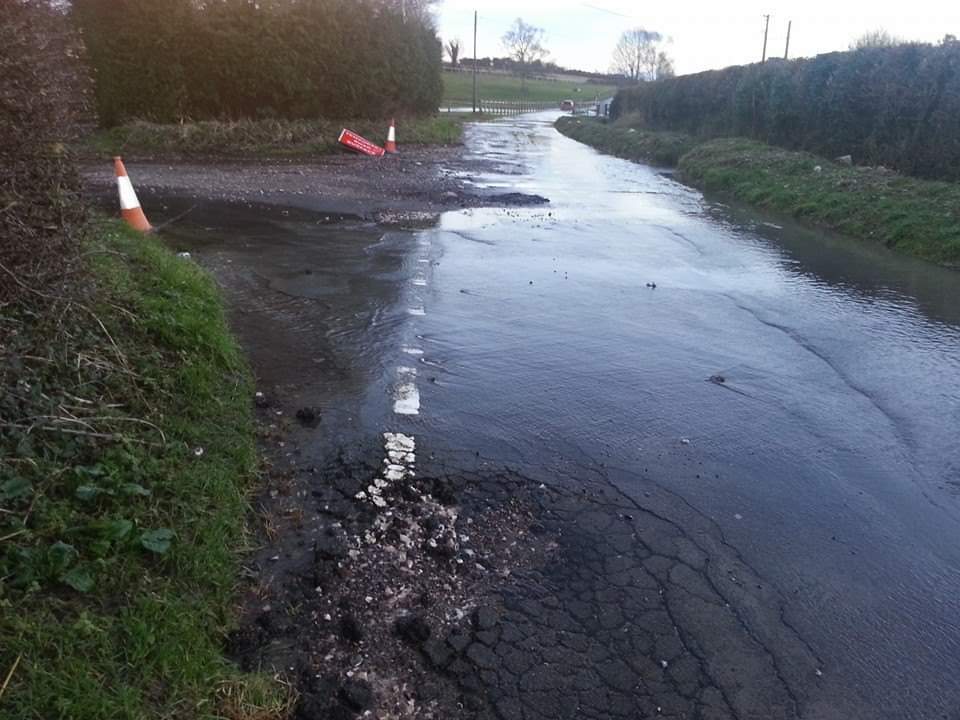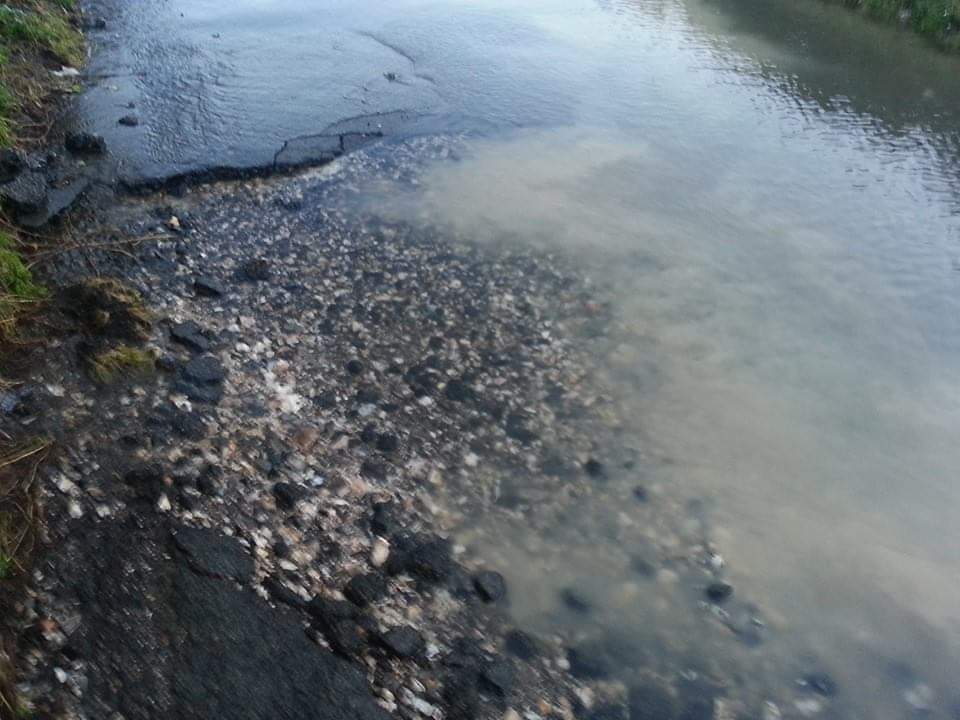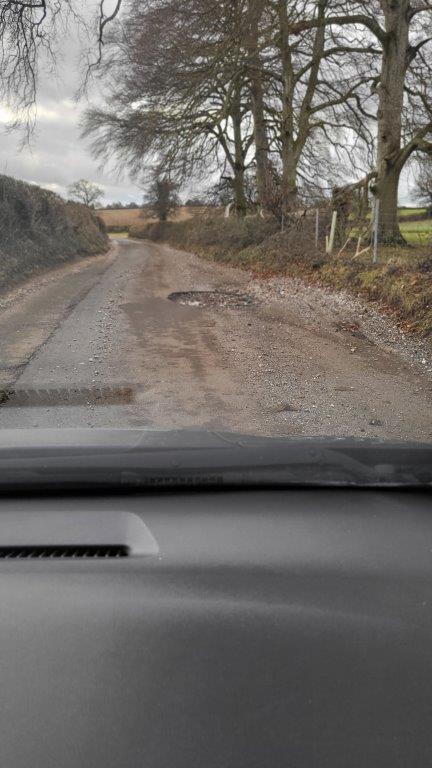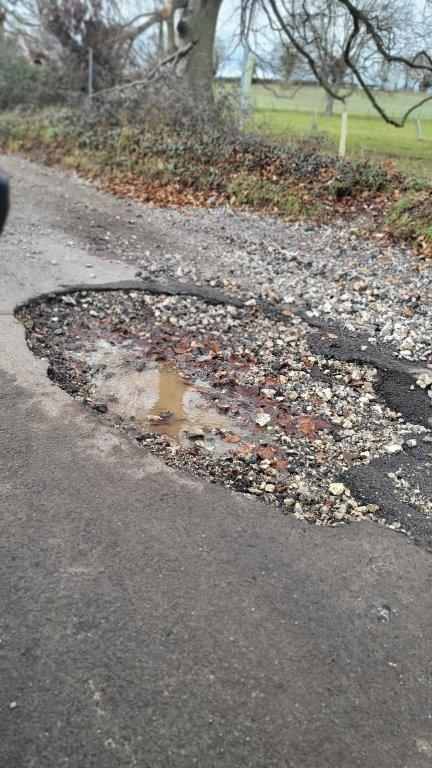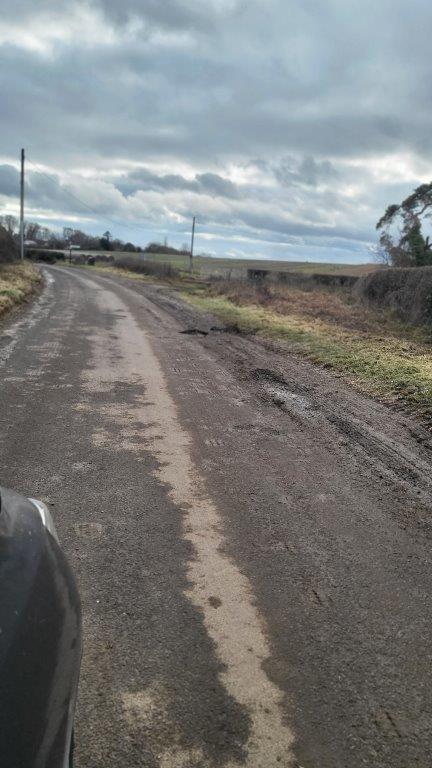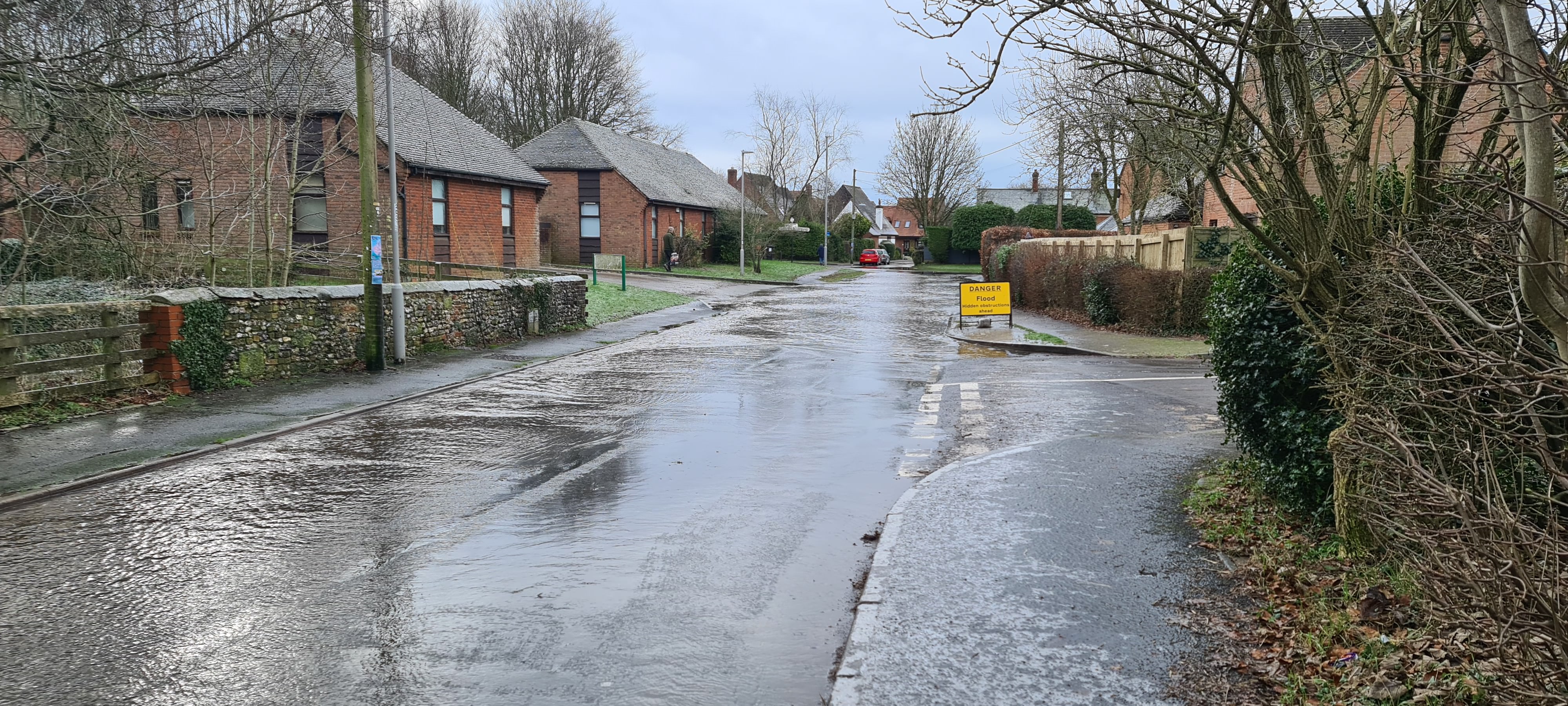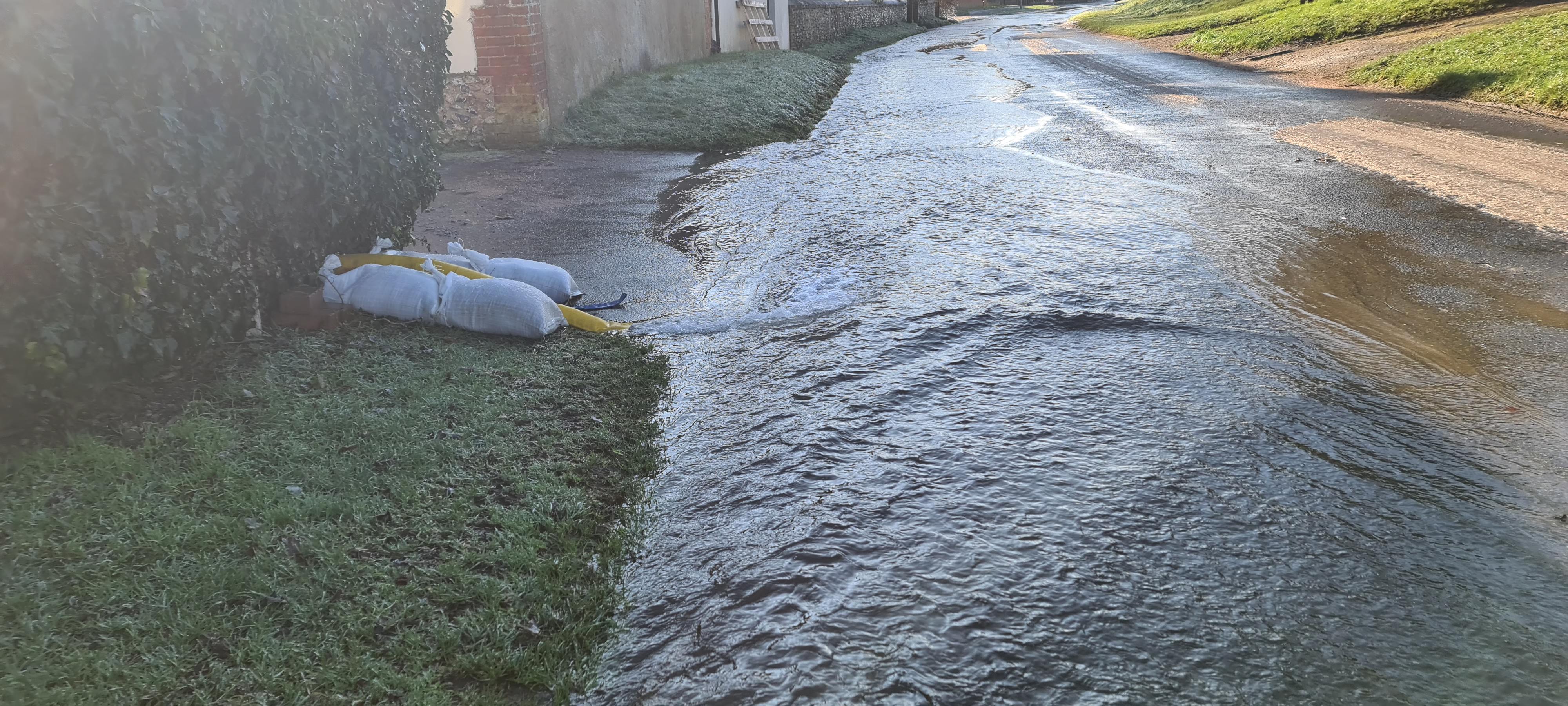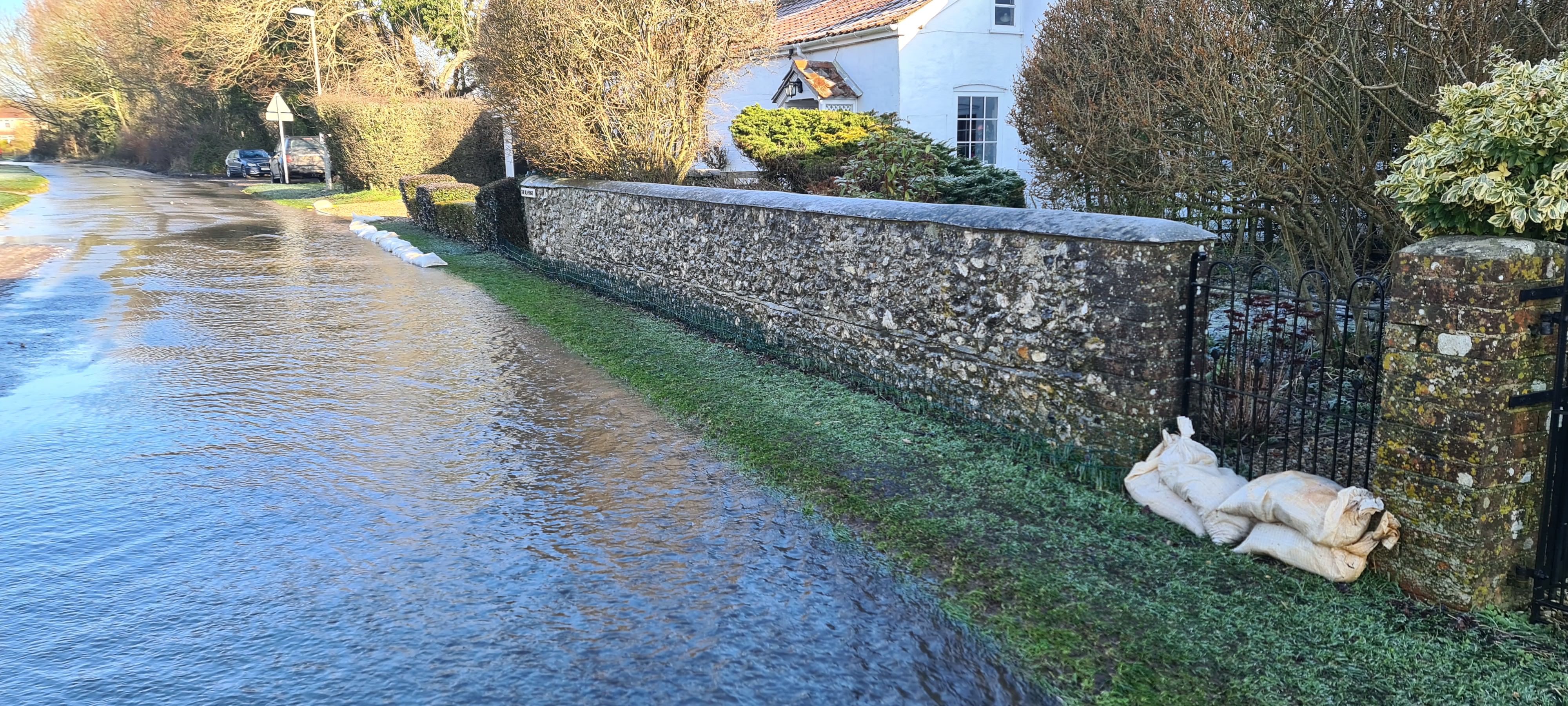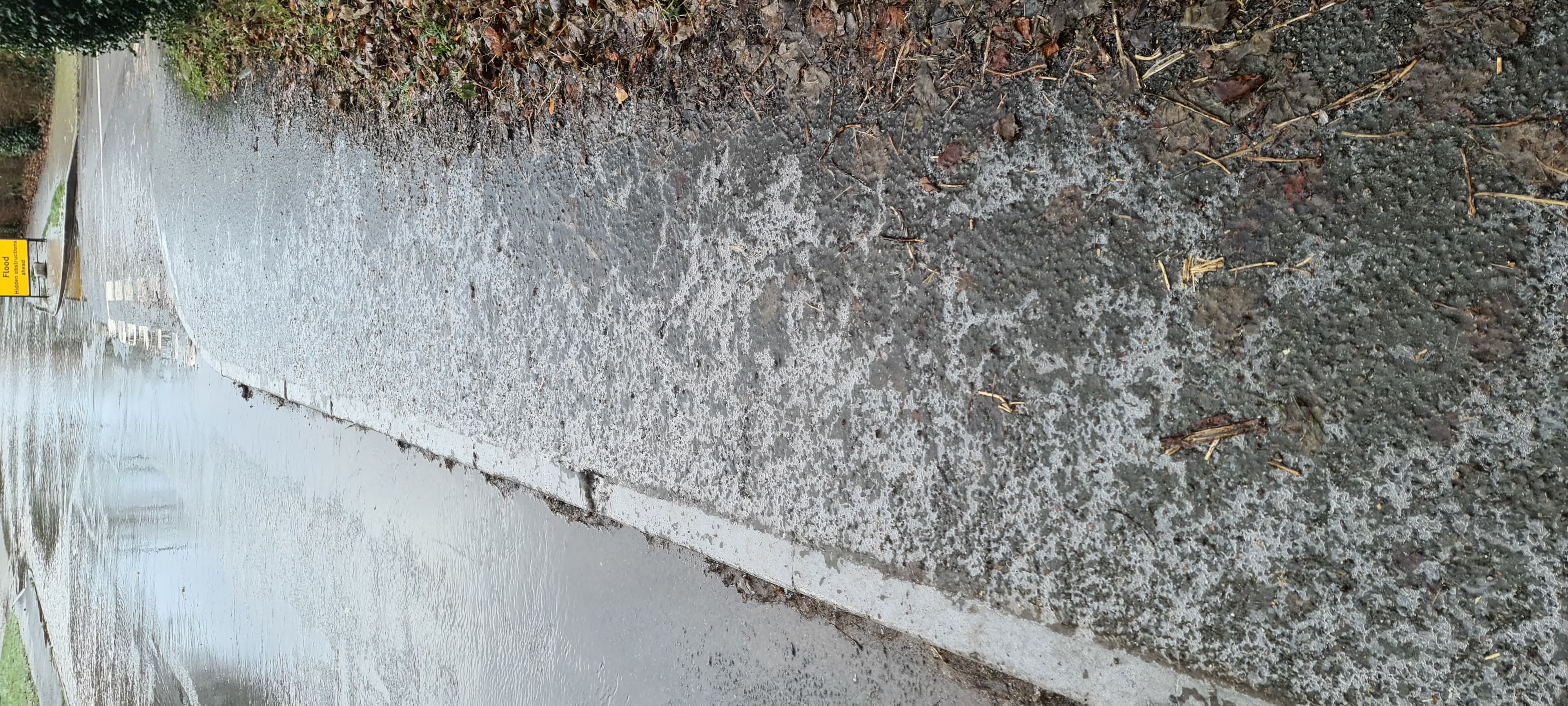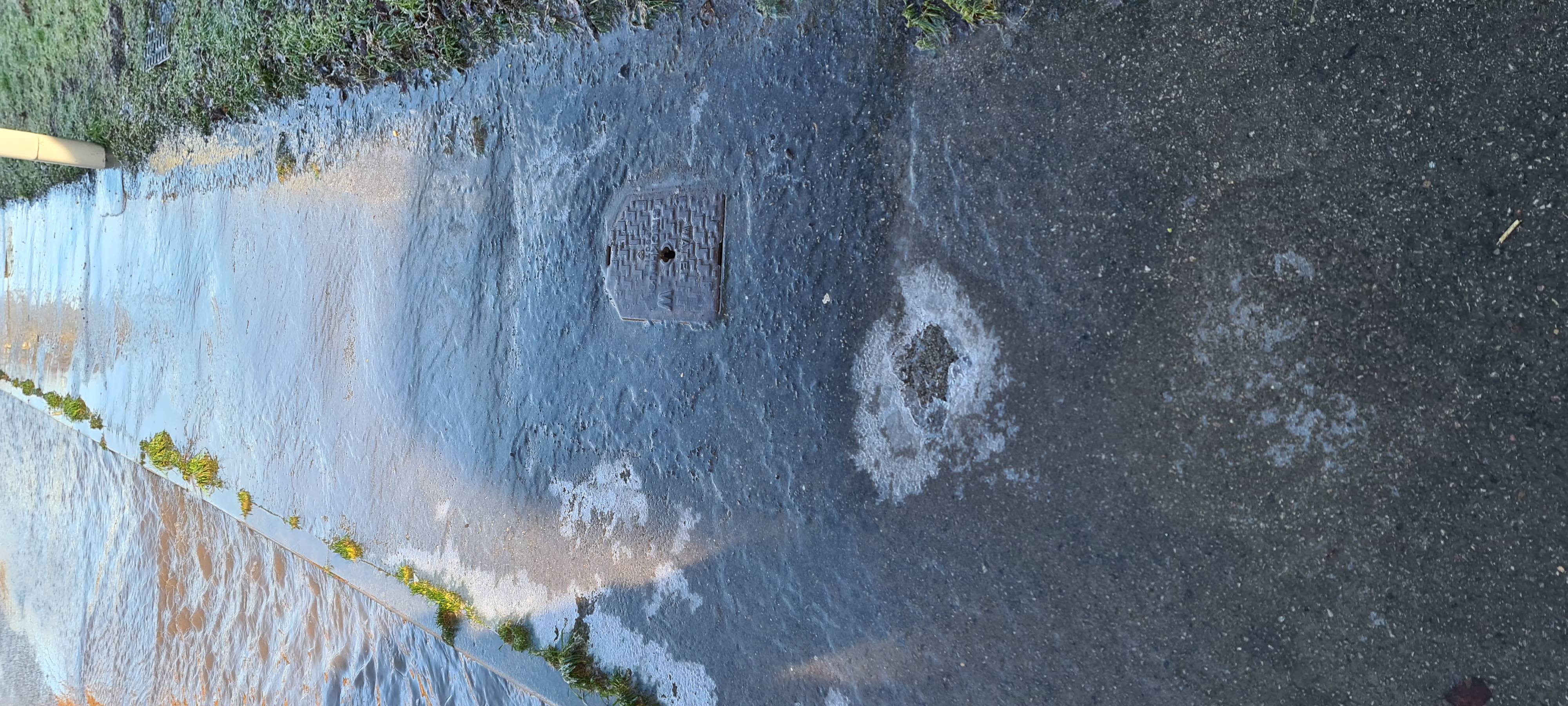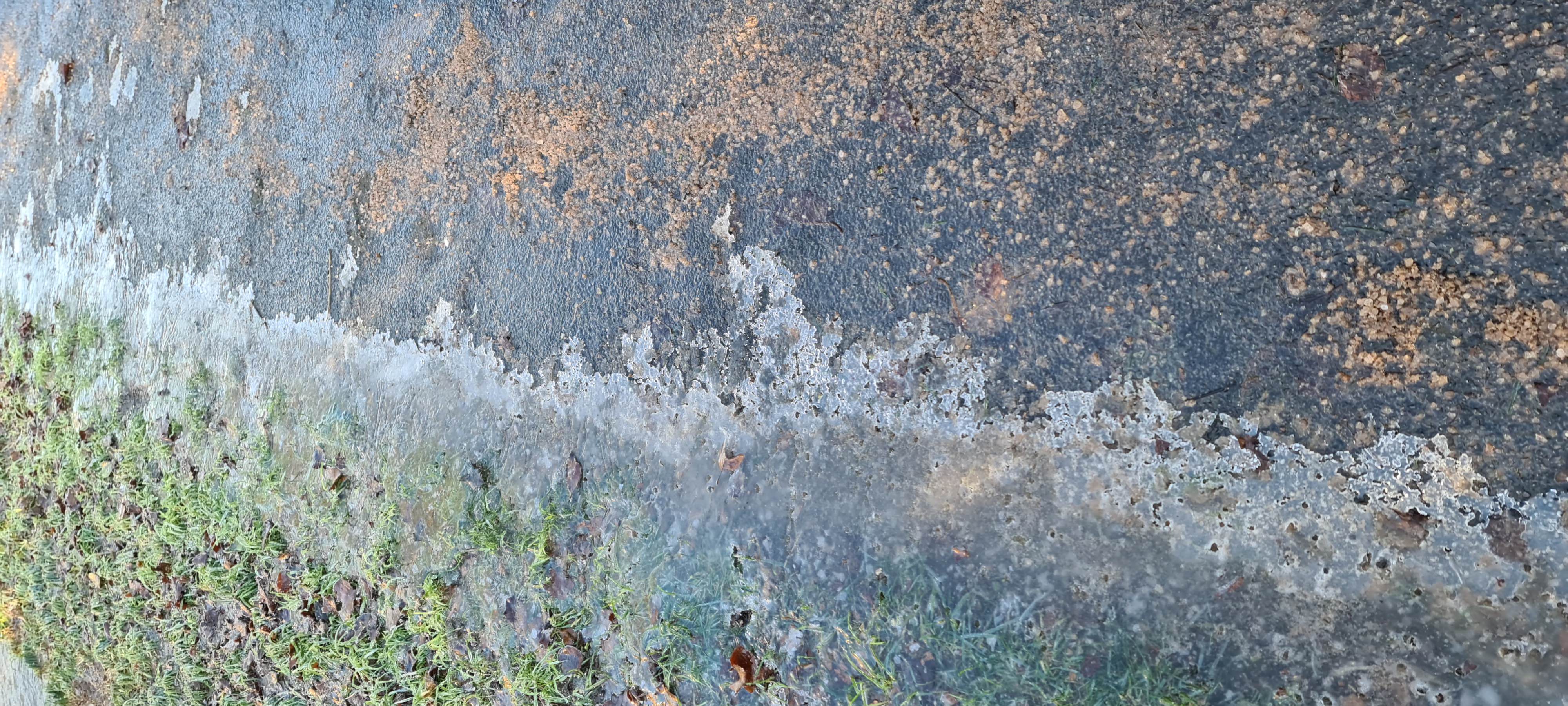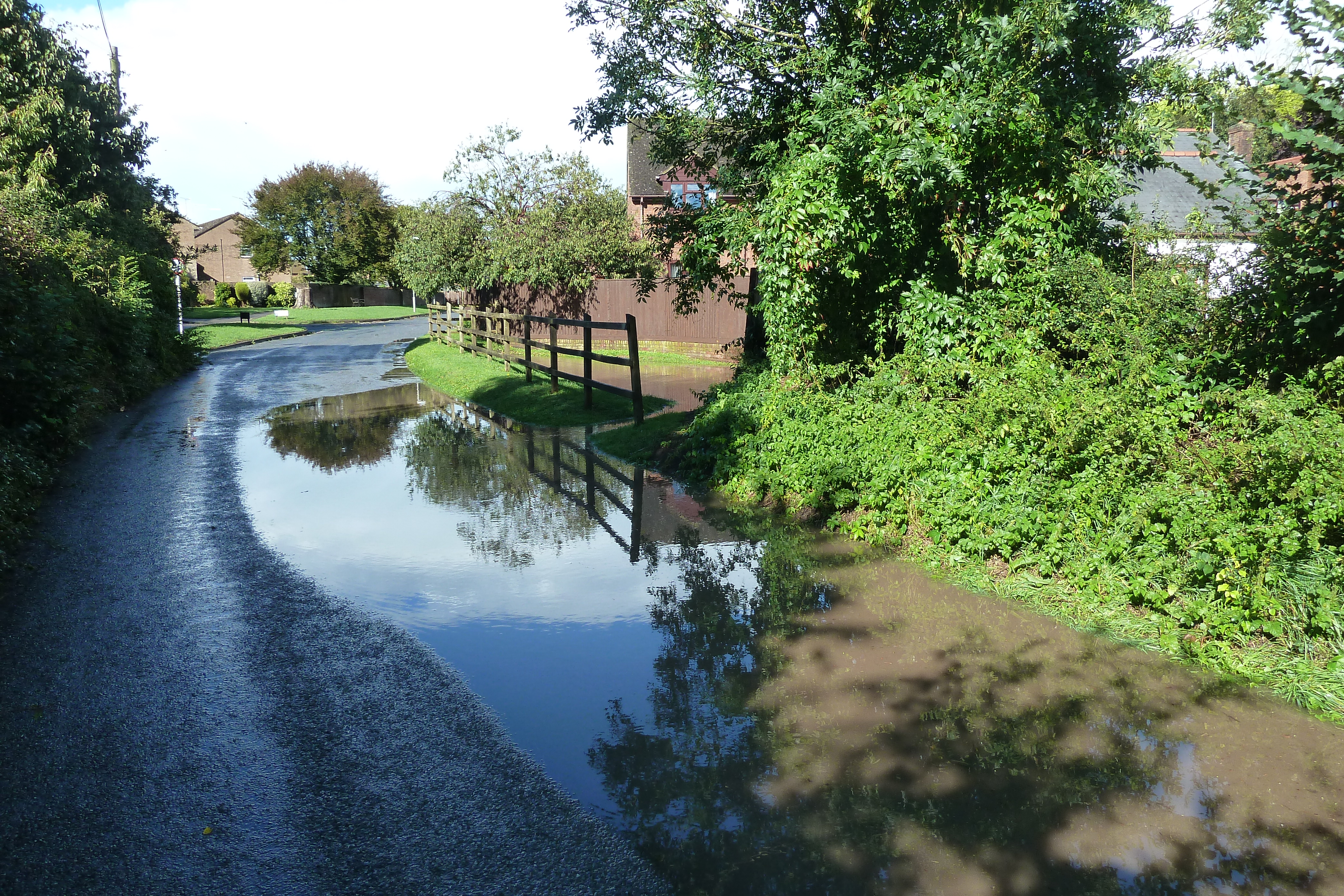-
01725 552211
Flooding and its effects on the Parish
This
page provides information about the risk of Flooding in the Parish as
covered in the Emergency Response Plan and additionally gives an
Environment Agency description of what Groundwater flooding is and how
it is the cause of flooding within the parish. The page is also to
provide a view of documented information about flooding in the parish in
recent years to ensure actual events are not lost and going forwards we
as a parish can take action to minimse the flood risk. Each subsequent
flood event will be captured on this page. Regardless of this activity
individuals affected by a flood event should report it using the Flood
Online Reporting Tool (FORT) - Here. Using this tool
does not impact insurance policies but allows the Environment Agency to
identify trends and set strategies for dealing with these events with a
view to gaining funding to support implementing the strategies. This
action resulted in funds beinig provided to parishioners following the
2014 flooding to improve flood protection. At the end of the page are useful liinks to further information
What is the Flood Management Plan
This plan addresses specific events int the Community Risk Register listed below, Note the areas blacked out are addressed identified for support recorded in the actual plan.
What is the risk of Flooding
The following is an extract from an Environment Agency Report on Groundwater Flooding, explaining what it is and its effects on Sixpenny Handley.
Groundwater Flood risk maps for Chalk catchments
The current national maps for groundwater flood risk are commercial products and not freely available. This also means evidence is not accessible for a robust appraisal of the methods used, and therefore it is difficult to make a detailed, accurate assessment of their suitability and accuracy. In general, they are derived from modelling which predicts the distance of the water table from the surface under peak winter conditions. They do not, as a rule, indicate emergence zones which occur because of the local geology, hydrogeology, hydrological conditions and manmade factors such as the built environment.
Key drivers of groundwater flooding on the Chalk
The Chalk has a dual porosity. This means that water is transmitted quite freely through fractures in the rock between the surface and the saturated zone and then can be stored within the minute intergranular spaces – at up to 40% by volume. The small pore space between grains of Chalk mean that water can only be released quite slowly – leading to long duration bouts of flooding. Conditions that lead to groundwater flooding include:
- An accumulation of above average winter rainfall,
- Hydrostatic pressure – the water table can be several tens of metres higher than at risk communities, forcing water up through emergence zones,
- Capillary action – water is drawn up from the aquifer by a wicking effect, meaning that flooding can continue for weeks after a period of heavy rainfall.
- Proximity to natural or manmade emergence zones.
Importance of identifying emergence zones
As the water table approaches the surface, flooding occurs at points of weakness – following the line of least resistance. Examples of emergence zones include:
- periglacial valley gravel deposits,
- proximity to the bed of ephemeral streams or winterbournes
- fault lines,
- the boundaries between rock strata,
- bands of hard rock within the Chalk, which are prone to more intense fracturing,
- areas in proximity to the downslope of clay caps where acidic rainfall causes enlargement of existing fractures through dissolution of the Chalk,
- areas where human intervention has caused disturbance to natural flow paths within the rock,
- communities at the foot of the scarp slope, along spring lines,
- sink holes, often appearing as shallow depressions in the surface.
- When considering any development on the Chalk, planners and developers should take account of the above factors.
Impracticalities of conventional surface water management schemes
Drainage on the Chalk is usually in a vertical rather than horizontal plane. Once the local water table reaches the surface, drainage reverts to the horizontal. Local drainage networks rarely have the capacity to manage under these circumstances.
- Traditional attenuation ponds are ineffective as they fill from the bottom up and remain full until groundwater levels start to fall back. They can contribute to groundwater flooding by opening a pathway to the surface.
- Land drainage measures such as French drains and porous pipes can be effective at preventing flooding to existing properties by creating a very localised cone of depression in the water table. However, water that is drained away is immediately replaced from the aquifer – effectively by abstraction. This water will eventually contribute to river flows, with an increased fluvial flood risk downstream.
Impact of human interference in groundwater flow paths
There are several ways that groundworks associated with construction can contribute to groundwater flooding.
- Footings may redirect subterranean flow paths, leading to emergence in places that were previously dry,
- Groundwork can open fractures, leading to augmented emergence at the site e.g. through piling,
- Culverts can create a linear barrier to underground flow. This may lead to water weiring over the structure and breaking through to the surface or creating a drainage path alongside the culvert leading to erosion along its length.
- Depending on the structure of the regolith, removal of putty Chalk material, for example, can change hydrogeological emergence characteristics locally.
- Groundwater flows beneath the surface, through the valley gravel deposits. Construction of barriers (footings etc.) across the flow path commonly causes water to rise to the surface.
Impact of groundwater intrusion into foul sewage systems
Whilst the impact of groundwater intrusion into the foul sewage system is unlikely to be directly worsened by new development where work has been undertaken to seal the sewage network, any additional input will cause problems where the network is struggling with capacity. Where tankering away occurs, this can lead to additional heavy traffic along flooded roads.
Impact of traffic
Historically, periglacial valley gravel deposits which cover the bed of dry ‘winterbourne’ valleys made ideal roads. During high groundwater conditions, these roads once more become rivers, often for several weeks at a time. At a time when traffic was pedestrian or horse drawn, the impact on adjacent properties was minimal. However, the bow wave created by modern vehicles significantly increases the risk, with exposure to continuous spray penetrating the fabric of buildings.
With increased flow, roads will become impassable for longer periods. Not only does this lead to more disruption but also carries the cost of damage to vehicles.
Increased ‘downstream’ risk
Several factors can increase the flood risk to properties downstream of any development.
- Inappropriate surface water management schemes (as above) can contribute additional flow to existing watercourses,
- Contribution to sewage systems being overwhelmed, leading to effluent backing up into downstream properties,
- Increased access problems as highways become inundated for longer periods,
- Increased contribution to fluvial flood risk.
Possible mitigation measures
Several groundwater control strategies can be used, including open pumping, pre-drainage pumping, shallow and deep cut-off walls and ground treatment. The strategy appropriate to a given site must be selected based on a thorough understanding of the hydrogeological setting and chalk weathering profile. This requires a ground investigation of appropriate scope, using suitable techniques to characterise the chalk. Borehole geophysics can play a key role in identifying discrete zones of inflow. Disposal of any produced water both during construction and thereafter must be accounted for.
Climate change
The impact of climate change on groundwater flooding on the Chalk in southern England is not completely understood, however research undertaken by the British Geological Survey (BGS) on behalf of the Environment Agency’s Water Resource function (National groundwater recharge assessment under climate change) states that:
Modelling shows that the re-charge season will be shorter, but with significantly higher rainfall totals in the winter. This is likely to increase both the impact and frequency of groundwater flood events.
Flooding to a depth of 200mm from a groundwater source runs from Garston Wood to Back Lane via Dean Lane & Frogmore Lane. Flooding of this type is known to have occurred on seven occasions since 1990. Records of property flooding in Sixpenny Handley include flooding to 5 properties in Dean Lane (‘95, ‘01, ‘03, ‘12,’14,’20, ‘23), 1 in Frogmore Lane (‘13 &’14) and 1 at Manor Farm (‘03 & ‘14) (Flooded property history from Dorset Council – FORT. Data prior to 2014 is limited).
Sixpenny Handley
Water flows down the road into the village from Garston Wood into Dean Lane across the bottom of the High Street into Frogmore Lane, into the adjacent field via a culvert and out of the village along back lane and the culvert in front of Manor Farm where it then feeds out into the fields down to Endless Pit. As stated above this is an ancient gravel bed and the junction of two types of Chalk bedrock. This combination leads to mulitple groundwater outlets which overload the road drainage system as are the Grips and Gullies along these roads.
Pentridge
The stream running through the village can flood due to the volume of water flowing down through the culverts, this causes the water to overflow and run down the road. This can also be cause by debrie blocking the culverts.
Minchington
The stream running from Farnham down through Minchington to the A354 floods from the ford downstream. This limits access and can prevent refuse vehichles from collecting from houses in this area due to the depth of water, especially at the crossroads.
How do we address Flood Risks
The following tasks and activites are initiated through this plan
- Registration with the EA Alert system by individuals and Emergency Planning Officer. Alerts re issued when the Woodyates Borehole rises to XXM. Flooding is expected when this rises to 105M.
- We are Identified as a Sandbag Store with 1 ton of Sand and 2000 sandbags in dry storage at Manor Farm (outside of the flood risk area). These are deployed into the Town Farm Workshops when the likelihood of flooding is identified. Impacted homeowners are notified. The status of the store is confirmed by Dorset Council every year through the Emergency Planning Officer.
- Emergency Planning Office monitors the Borehole at least every 48 hours to establish the speed the water level is rising.
- EA Alert system issued when 105M is reached
- Email alert to identified parishioners, typically those who could be affected by the floods when the EA Alert system triggers
- Individuals take action with thier own Flood Protection in line with the EA alerts and Flood Warden emails. This will extend to obtaining sandbags from our store.
- Properties effected by sewage backup should report any occurance to Wessex Water and on the FORT tool (see useful links below)
- Facebook and NextDoor app messages initiated when the likelihood of flood is going to occur, updates to this are in line with how the floods and impacts progress.
- Flood Warning signs deployed around the crossroads, Dean Lane and Back Lane by the Emergency Flood warden
- Interact with Dorset Council Highways as necessary throughout the floods, this maybe to request additonal signage and/or support.
- Vehicles should drive slowly through the floods to prevent bow waves that will cause damage to properties alongside the road and/or splash pedestrians.
- Members of the publich affected by motorist 'spalshing' pedestrians when driving through the floods should report them via 101 as this is an offence under the road traffic act. - The Parish Council will notifiy the public that this is an offence and should be reported.
What have we done in the past
The following sub sections identify the actual flood impact for each time the Parish has been affected by flooding from information captured withiin the community. They indicate the scope and period the flooding occured and how the parish was impacted along with supporting photographs.
If anyone has additonal information on a flood, please make it available to the Parish Clerk for inclusion in this page to ensure a full and accurate record of the floods is maintained.
2003 Key Aspects
- Duration and Impact of flooding on the Parish during the flooding
The floods occurred at the end of April and ran springs starting at Garston wood, down through the village with water running on the in Dean lane as well as through the drains. This water ran into the Paddock next to Frogmore Lane and into Back Lane. As was the norm, all gulleys filled with this water and culminated in water backing up and pooling on Back lane just past Red Lane until it eventually drained away
- Impact on Infrastructure post the flooding
Dean Lane, Frogmore Lane and Back lane flooded and there was water running across the cross roads where Dean Lane and Frogmore Lane intersect the B3081.
- Photographs taken during the floods
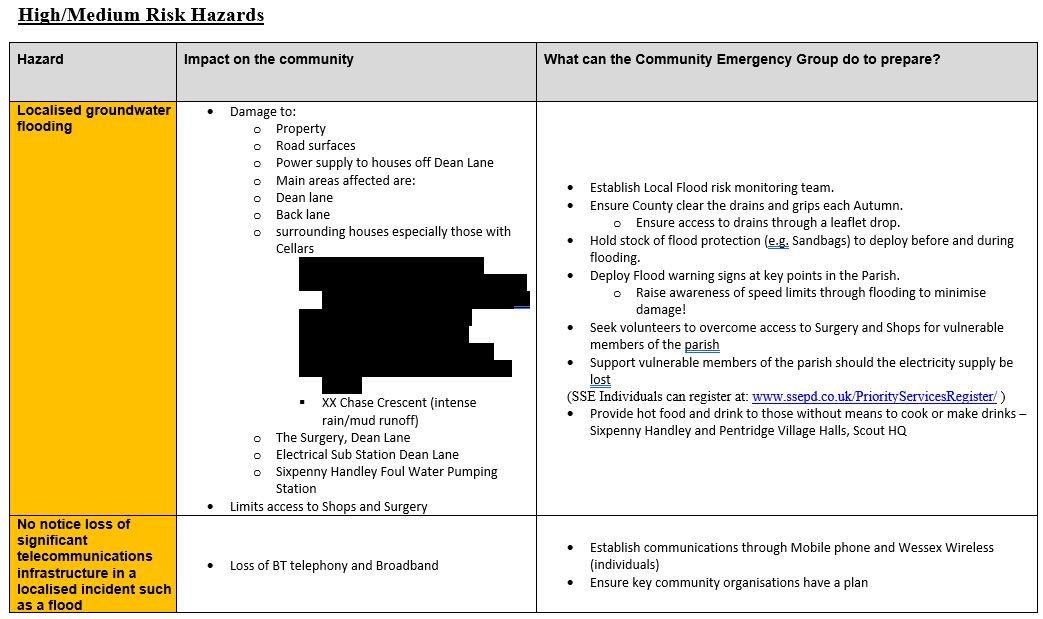
 at 6dH.jpg)
 at 6dH.jpg)
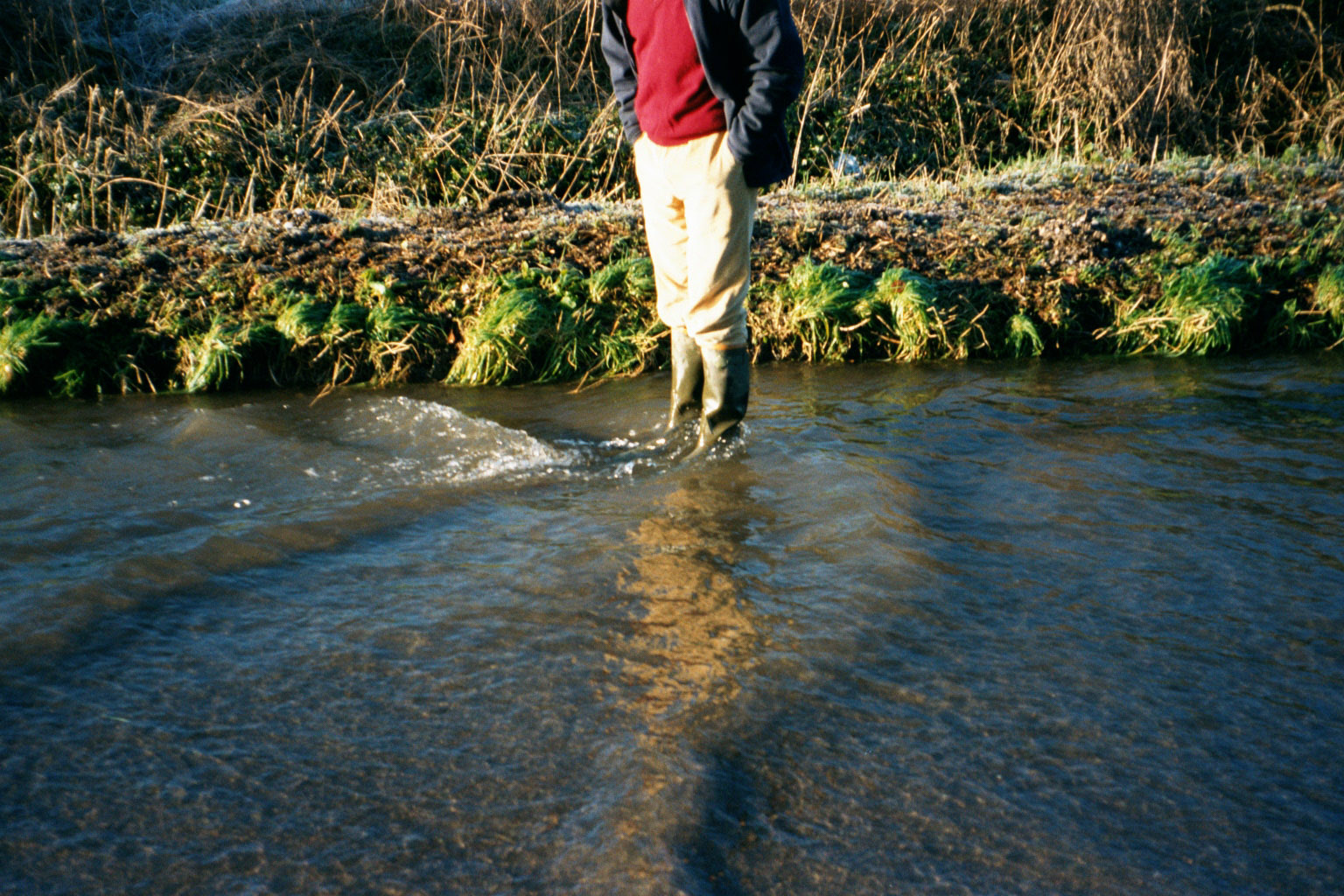
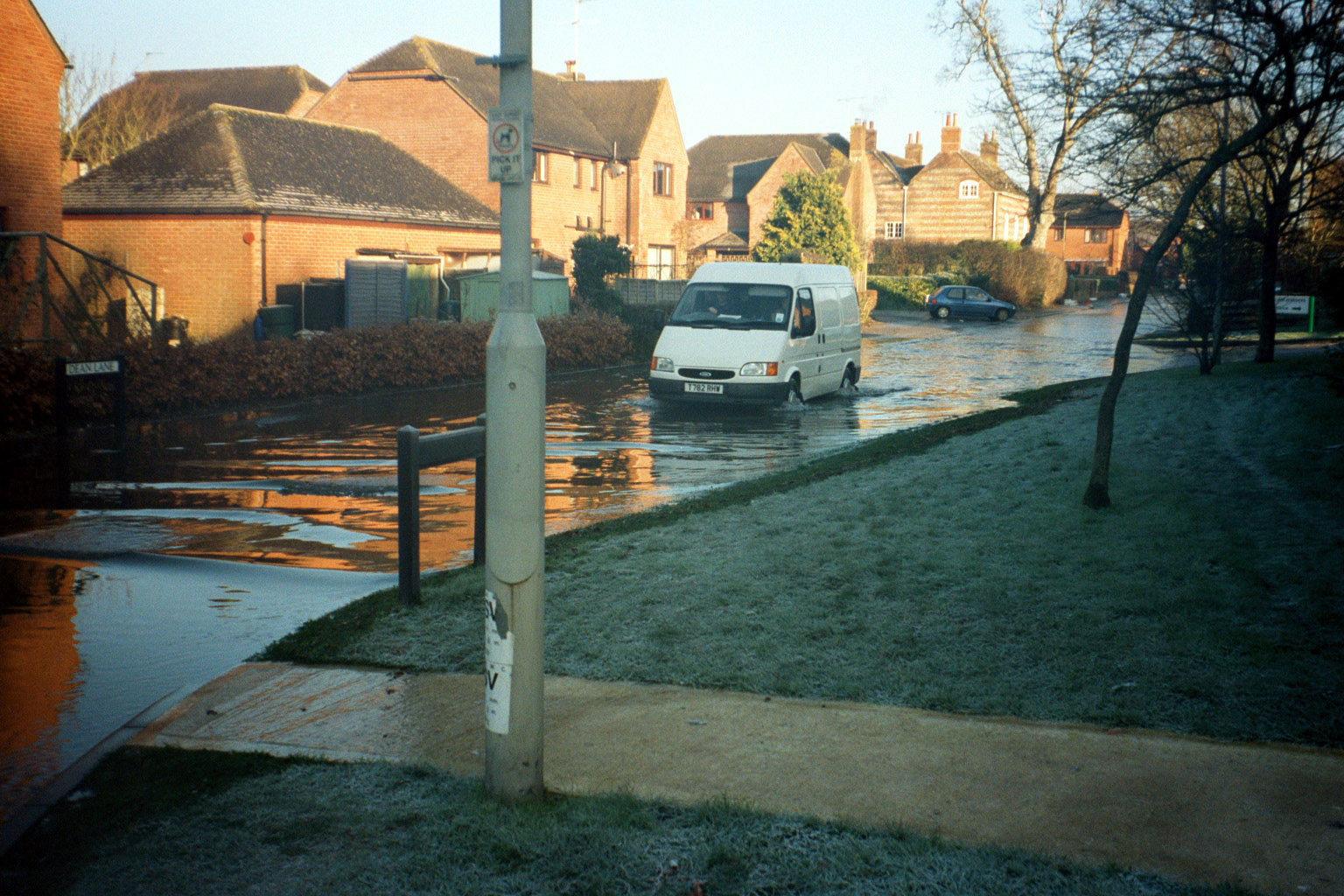
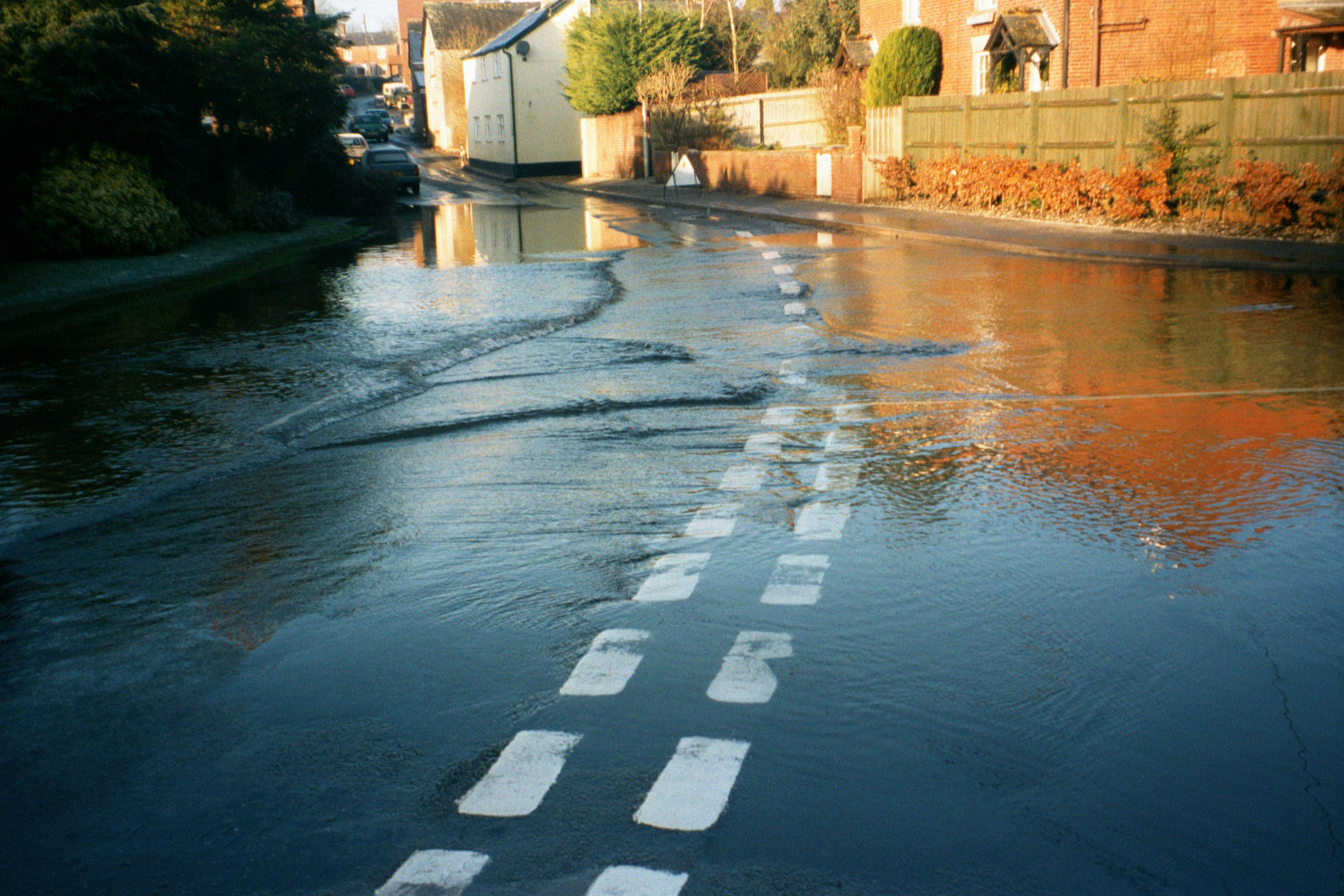
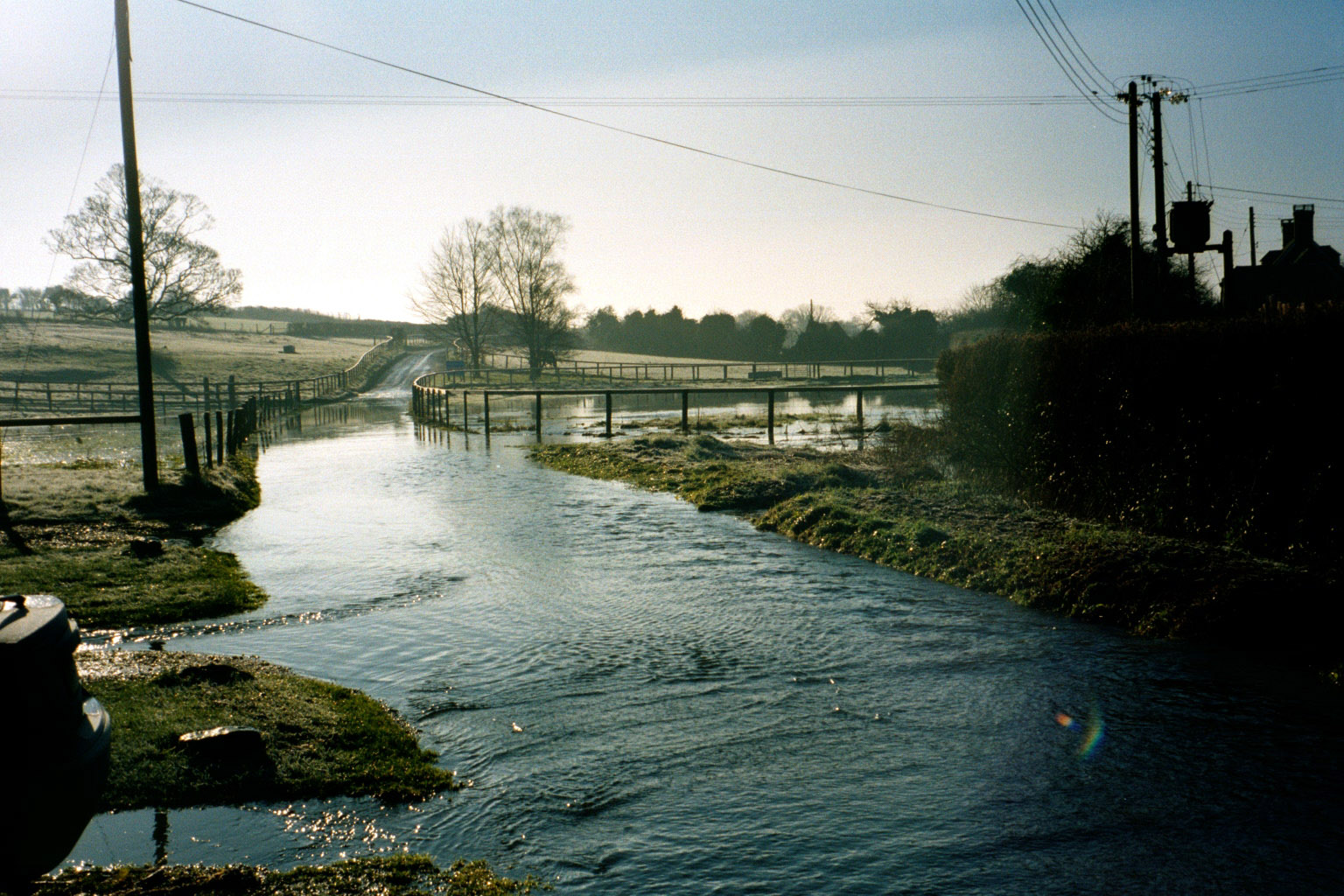
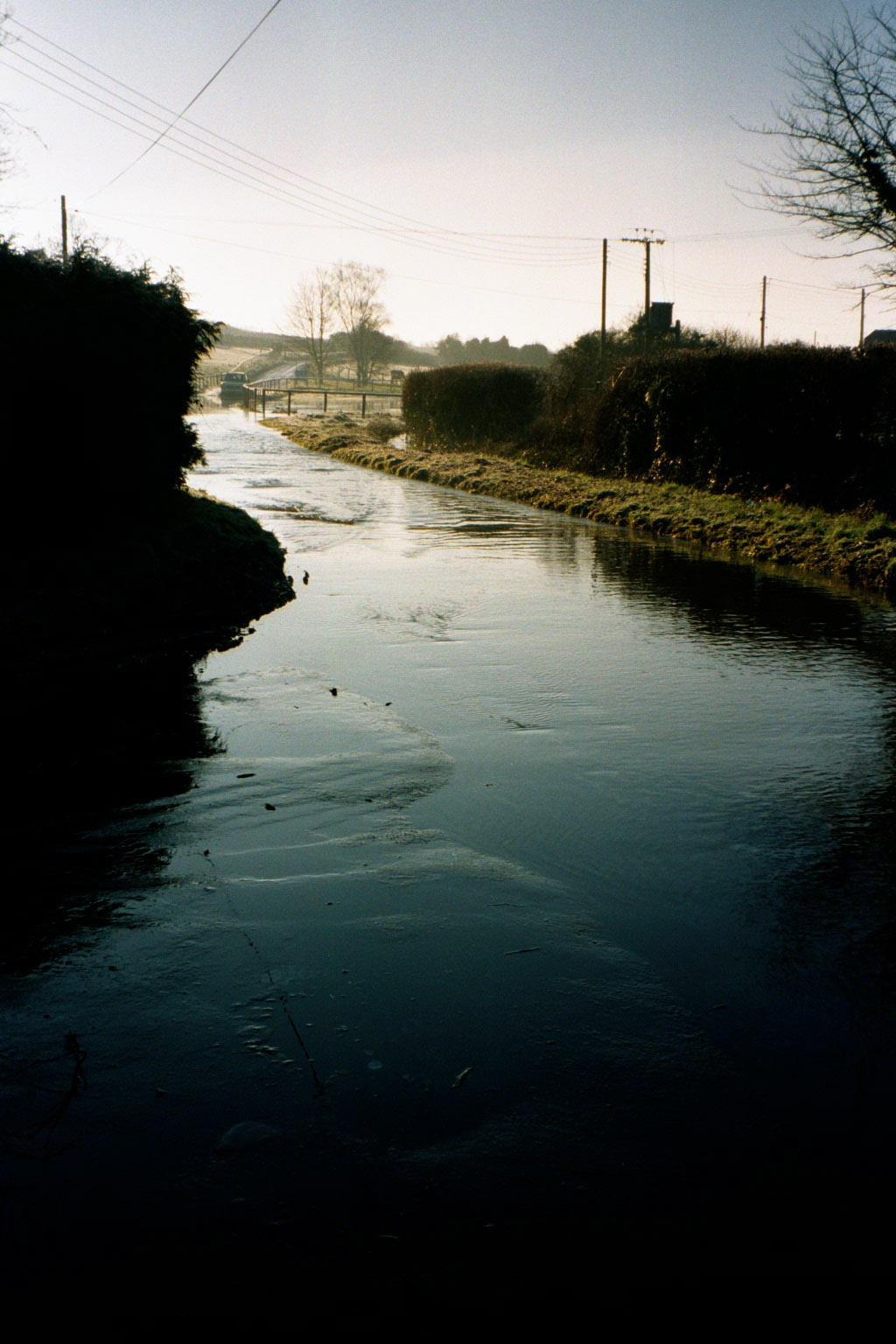
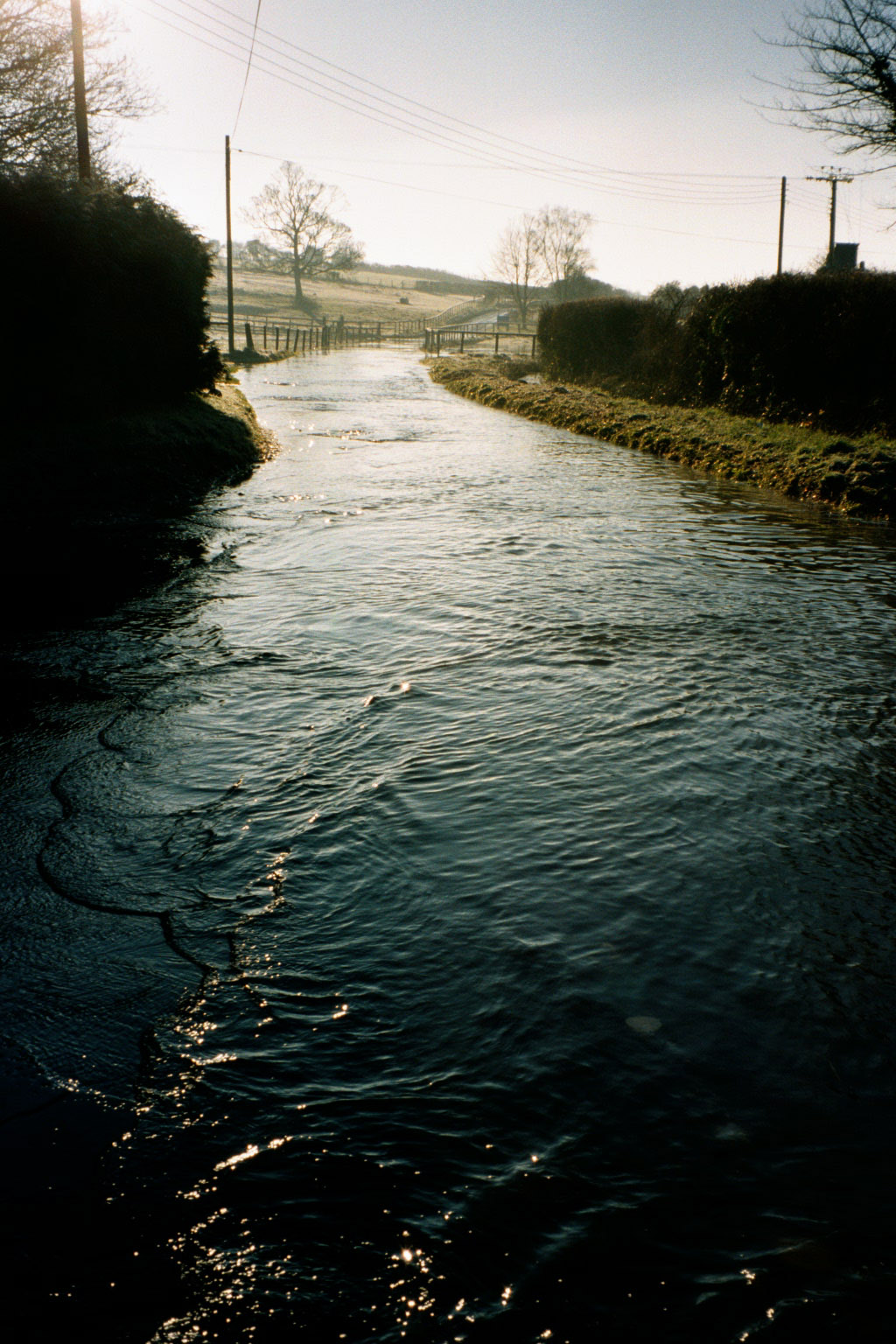
 at 6d.jpg)
